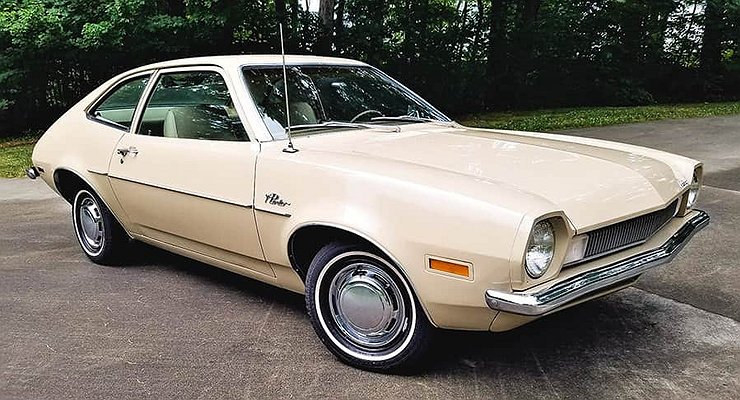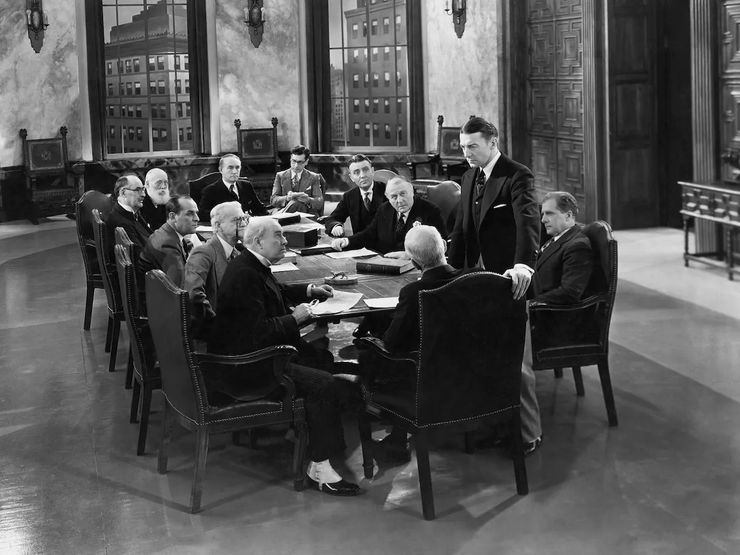In America in the 60s, the Volkswagen Beetle was actively gaining popularity. There was a great demand for small and cheap cars after the soldiers returning from Europe started taking them back to their homeland. In addition, the Beetle’s advertising campaign was based on the slogan that is impossible in our time: “Even half the car goes.” And this even more spurred people to buy “insects”.
As a result, the local car beau monde literally languished in impotent rage. And all because he simply had nothing to oppose the European baby. Because in America at the time, the term “compact car” meant a body length of at least five meters, six seats and a large 6-cylinder engine. Too luxurious and expensive even by today’s standards. General Motors, Chrysler and Ford feverishly tried to stop the European competitor at least something.
So the Ford company decided not to invent anything new and beat a brutal competitor in its own field and with its own weapons. While Ford of Europe already had the very successful Ford Cortina subcompact, the American division quickly decided to develop a new model. This was due in no small part to the somewhat cavalier attitude of Americans towards European engineering traditions. And on September 11, 1970, sales of the Ford Pinto began.
It had a classic layout for that time. A longitudinally mounted 4-cylinder engine transferred torque to the rear wheels via an automatic or manual transmission. The front suspension is independent, the rear axle is a continuous axle suspended on springs. The car was positioned as an inexpensive, youthful sports car for those who like to save money. The advertising slogan sounded simple and positive: “Little carefree car.” The first Pinto was received by Charles J. Pinto of Pinto, Maryland. The life of a carefree little car has begun.














